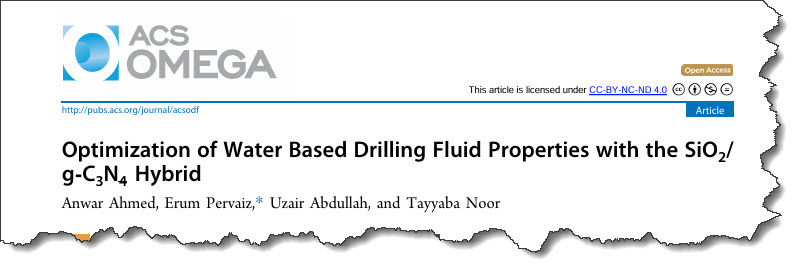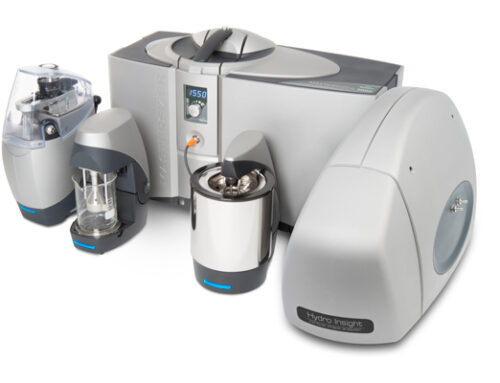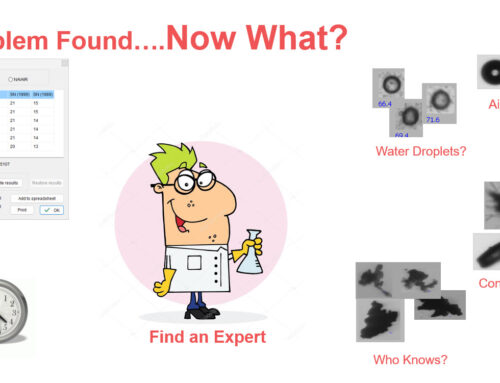Water-based drilling muds are a fundamental component of drilling operations, offering cost-effective, efficient, and environmentally friendly solutions for wellbore stability and fluid loss prevention. However, the particle size and shape of these muds significantly impact their performance. Advanced image analysis techniques now provide a powerful way to assess these critical properties, leading to improved drilling efficiency and cost savings.
How the Particle Insight Raptor Portable Enhances Drilling Mud Analysis
With cutting-edge technology, the Particle Insight Raptor Portable delivers precise particle size and shape analysis in real time. In a recent test, 5,724 particles were measured in just 124 seconds, demonstrating the speed and efficiency of this Dynamic Image Analysis (DIA) technology.
🔹 Comprehensive particle characterization – Size and shape data provided in both number and volume-weighted distributions.
🔹 Rapid results – Faster than traditional particle analyzers, ensuring quick decision-making.
🔹 Increased accuracy – Captures fine details of both fines and agglomerates in drilling mud samples.
Why Particle Shape and Size Matter in Drilling Mud Performance
Traditional particle analysis methods often overlook shape, focusing only on size. However, particle shape plays a crucial role in drilling mud effectiveness:
✅ Lower Circularity & Smoothness → Higher Friction & Lower Lubricity
🚨 Irregular particles increase friction and reduce lubricity, leading to higher wear and tear on drilling equipment.
✅ Balance of Fines & Agglomerates → Optimal Flow & Sealing Performance
🔍 Fines stabilize the mud and seal porous formations, while larger agglomerates control downhole pressures.
Particle Insight Raptor vs. Malvern Mastersizer: A Comparison
A comparative study between the Particle Insight Raptor Portable and the Malvern Mastersizer showed consistent data histograms. However, an important distinction emerged:
📌 The Particle Insight Raptor analyzed particles as small as 10 micrometers, while the Malvern Mastersizer focused on larger particle sizes. This highlights the importance of analyzing the full particle size range for an accurate assessment of drilling mud performance.
The Industrial Impact of Image Analysis in Drilling Mud Optimization
Incorporating Dynamic Image Analysis (DIA) into drilling mud evaluations offers several industry benefits:
🔹 Optimized Mud Formulations – Selecting the right particle distribution reduces operational issues and enhances drilling stability.
🔹 Increased Drilling Efficiency – Better lubricity and stability lead to smoother drilling operations.
🔹 Cost Savings – Proper analysis helps minimize wear and tear, reduce maintenance costs, and extend equipment lifespan.
Optimize Your Drilling Operations with Advanced Particle Analysis
Understanding both particle size and shape is essential for maximizing drilling efficiency and minimizing fluid loss. The Particle Insight Raptor Portable delivers real-time, high-resolution image analysis to help operators make data-driven decisions for superior mud performance.
Click the article below to read more in Water Based Drilling Fluids.
📢 Want to learn more? Contact us today to see how the Raptor can optimize your drilling mud analysis!








